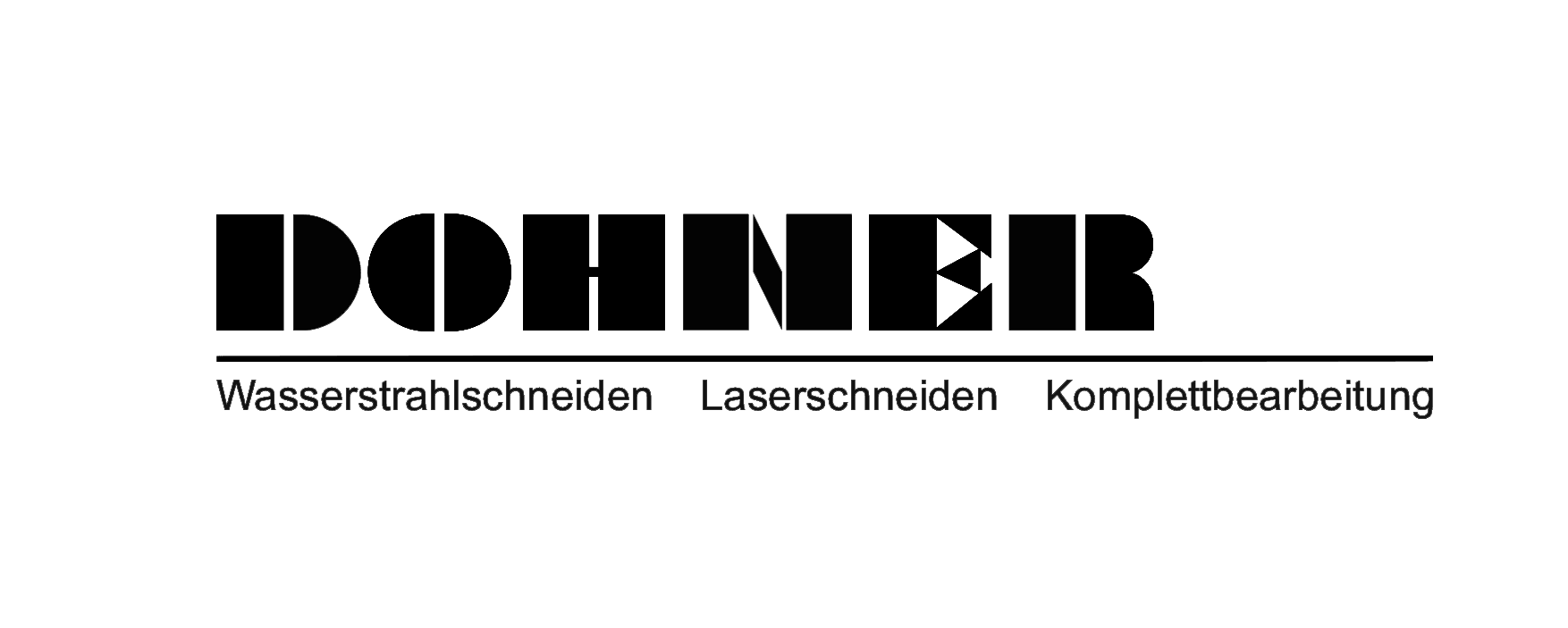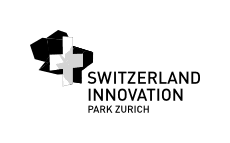Formula Student
Formula Student
Electric Competition
History
**FORMULA STUDENT** is the world's biggest competition for engineers. Every year competitions are held all across the globe. Founded by the «Society of Automotive Engineers» in 1981, the first competition in Europe took place in 1998. At present there are more than 600 teams from universities all over the world competing with their self-constructed race cars. The winner is not necessarily the team with the fastest car, but the one with the best package regarding construction, performance, financial planning and sales arguments.
Driverless Competition
The Competition
A separate class for electric vehicles was introduced back in 2010 in order to prepare prospective young engineers for future technologies such as electric drivetrains and in order to advance the innovation process. This class focuses on ecological aspects without dropping the attractiveness of a sporty style of driving. It is a quite remarkable fact that the fastest electric vehicles cars already provide equal performance compared to the best race cars with combustion engines. After having built three Formula Student cars with conventional combustion engines, the team switched to the newly established electric class and managed to compete among the top teams right from the start. As soon as the driverless competition was introduced to the formula student competition, AMZ Racing hopped on board and started competing to build the best driverless vehicle in formula student history.
Disciplines being judged are:
Engineering Design
Judgement of technical aspects, the construction and key attributes of the car.
Cost
Financial planning of the whole car, including manufacturing.
Business plan
Presentation in order to convince a potential investor of a profitable business idea using the self-developed race car.
The dynamic events reveal the driving performance of the prototypes. Every discipline puts different abilities of the cars to the test:
Acceleration
An acceleration race over 75m distance with a standing start.
Skid pad
Cornering on a track shaped like an eight to test the lateral acceleration of the car.
Autocross
Qualifying for the Endurance, the fastest lap time wins.
Endurance & Efficiency
An endurance race over 22 km distance, including one driver change. The Efficiency scoring rates the consumed amount of energy in relation to the total time.
Further Information
The following websites offer detailed information about the competitions:













